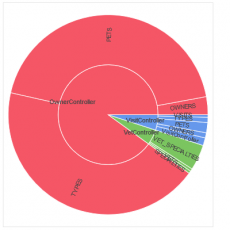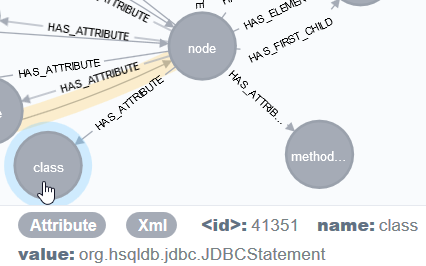
- #JPROFILER LIMIT HOTSPOTS HOW TO#
- #JPROFILER LIMIT HOTSPOTS SOFTWARE#
- #JPROFILER LIMIT HOTSPOTS CODE#
The HotSpot G1 collector is designed to meet user-defined garbage collection (GC) pause time goals with a high probability, while achieving high throughput. Note: The YoungGen collection is still a world event in the world, so appropriate fine-tuning is required to reduce the overall JVM pause time. The collection of the old generation of the CMS collector and the execution of the application are completed concurrently. It is designed to minimize the impact of the pause caused by the collection of the old generation on the response time of the application.

You should also implement a comprehensive monitoring strategy in your production environment to track overall JVM performance and identify areas for future improvement.

Many applications are very sensitive to response time delays and require most concurrent collectors (such as HotSpot CMS or IBM GC strategy balance).Īs a general best practice, it is strongly recommended that you determine the most suitable GC strategy through proper performance and load testing. For example, switching to a "primary" concurrent GC collector (such as CMS or G1) may significantly increase the average application response time (reduce latency).Ĭhoosing the right collector or GC strategy for your application is a decisive factor for optimal application performance, scalability and reliability. Performance Tips: It is very important to choose and test the best GC strategy according to your application requirements. Garbage is usually collected by parallel or mostly concurrent collectors such as CMS or gencon (IBM JVM). The HotSpot Java virtual machine consists of the following memory spaces.Ī portion of the heap reserved for long-lived objects. The following figure illustrates the Java source code, just-in-time compilation process and life cycle. You should only consider disabling such critical optimizations in the event of unexpected JIT issues (such as JVM crashes). Note: Most JVM implementations provide a way to disable the JIT compiler (piler = NONE).
#JPROFILER LIMIT HOTSPOTS CODE#
Then store such native code in the code cache in the non-heap memory. In order to improve performance, Hotspot JVM looks for the busiest byte code area and compiles it to native more efficient machine code (adaptive optimization). Java bytecode interpretation is obviously not as fast as executing native code directly from the host. But in most cases, you will need to decide for yourself based on business needs and existing performance benchmarks. Sometimes, these numbers themselves become modular: For some major websites, a page response time of up to 500ms per user function is considered the best. "Best performance" can be defined in different ways, but the basic elements are: the ability of the Java program to perform computing tasks within the business response time requirements, and the high capacity, timeliness, high reliability and low level of the application to achieve its business functions delay.
#JPROFILER LIMIT HOTSPOTS HOW TO#
The purpose of this guide is to help developers provide as much application performance as possible in the business environment by focusing on JVM internal components, performance tuning principles and best practices, and how to use available monitoring and troubleshooting tools. Many performance-related best practices are common in various applications. Java applications are used in many vertical fields (banking, telecommunications, healthcare, etc.), and in some cases, each vertical direction provides a specific set of design optimizations.

#JPROFILER LIMIT HOTSPOTS SOFTWARE#
Java is one of the most widely used programming languages in the world of software development today.


 0 kommentar(er)
0 kommentar(er)
